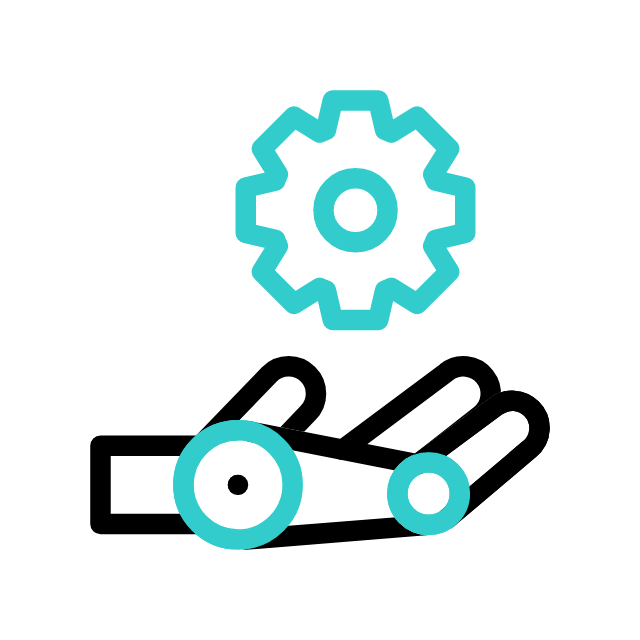In the world of welding, fabrication, and reverse engineering, the right tools are essential for achieving precision, efficiency, and safety. Each task requires specific equipment designed to meet the exacting standards of these fields. At Kadan Consultants Inc. in Huntington Beach, California, the team excels in utilizing these advanced tools to deliver top-notch services. Let’s explore some of the most vital tools and technologies they rely on.
### Welding Tools
#### 1. **Welding Machines**
– **MIG Welders (Metal Inert Gas)**: Ideal for beginners and versatile for various metals. Commonly used in automotive and construction industries.
– **TIG Welders (Tungsten Inert Gas)**: Provide high precision and clean welds, often used in aerospace and for welding thin materials like aluminum and stainless steel.
– **Stick Welders**: Durable and capable of welding thicker materials, used in outdoor and heavy-duty applications.
At Kadan Consultants, MIG, TIG, and Stick welders are essential for handling diverse projects, ensuring that every weld is strong and reliable.
#### 2. **Welding Helmets**
– **Auto-Darkening Helmets**: Automatically adjust the lens shade to protect the welder’s eyes from the bright arc light.
– **Passive Helmets**: Offer a fixed shade lens, requiring manual lifting between welds.
The team at Kadan uses the latest auto-darkening helmets to enhance safety and efficiency, allowing for seamless transitions between tasks.
#### 3. **Welding Clamps and Magnets**
– **C-Clamps**: Secure workpieces in place during welding.
– **Magnetic Clamps**: Hold metal pieces at various angles, freeing up the welder’s hands for more precise work.
Kadan’s skilled welders rely on a variety of clamps and magnets to maintain precision and stability in every project.
#### 4. **Grinders and Wire Brushes**
– **Angle Grinders**: Used for preparing metal surfaces and removing excess welds.
– **Wire Brushes**: Clean welds and surfaces before and after welding to ensure strong joints.
These tools are crucial for Kadan’s commitment to high-quality finishes and durable welds.
#### 5. **Welding Tables and Fixtures**
– **Welding Tables**: Provide a stable and flat surface for assembling and welding projects.
– **Fixtures**: Hold components in place, ensuring accurate and repeatable welds.
Kadan Consultants’ workshop is equipped with state-of-the-art welding tables and fixtures, allowing their team to perform precise and consistent welds.
### Fabrication Tools
#### 1. **Cutting Tools**
– **Plasma Cutters**: Use electrically conductive gas to cut through metals with precision.
– **Oxy-Acetylene Torches**: Versatile for cutting, welding, and heating metals.
Kadan’s fabricators utilize plasma cutters and oxy-acetylene torches to execute precise cuts and modifications on various materials.
#### 2. **Sheet Metal Tools**
– **Sheet Metal Shears**: Cut sheet metal with straight or curved cuts.
– **Brake Presses**: Bend sheet metal into specific shapes and angles.
The team at Kadan uses these tools to create intricate designs and structures from sheet metal, meeting the unique needs of each project.
#### 3. **Rolling Machines**
– **Plate Rollers**: Roll sheet metal into cylindrical shapes.
– **Angle Rolls**: Bend metal bars and profiles into curves or circular shapes.
Kadan’s rolling machines enable the creation of complex shapes and components, enhancing the versatility of their fabrication services.
#### 4. **Press Brakes**
– **Hydraulic Press Brakes**: Use hydraulic pressure to bend and shape metal sheets.
– **Mechanical Press Brakes**: Provide high precision and control for detailed fabrication work.
These press brakes are indispensable for Kadan’s ability to deliver custom-fabricated parts with exacting specifications.
### Reverse Engineering Tools
#### 1. **3D Scanners**
– **Laser Scanners**: Capture precise details of an object’s surface by emitting laser beams.
– **Structured Light Scanners**: Use projected light patterns to create a 3D model of an object.
Kadan’s reverse engineering team uses 3D scanners to create accurate digital replicas of physical objects, facilitating detailed analysis and reproduction.
#### 2. **Coordinate Measuring Machines (CMM)**
– **Portable CMMs**: Allow for on-site measurement of large and complex components.
– **Fixed CMMs**: Provide high-accuracy measurements in a controlled environment.
These machines are vital for Kadan’s quality assurance processes, ensuring that all parts meet rigorous standards.
#### 3. **CAD Software**
– **AutoCAD**: Industry-standard software for creating detailed 2D and 3D designs.
– **SolidWorks**: Popular for its intuitive interface and powerful modeling capabilities.
Kadan’s engineers leverage CAD software to design, analyze, and optimize components, enhancing the precision and efficiency of their work.
#### 4. **3D Printers**
– **Fused Deposition Modeling (FDM)**: Creates prototypes and parts layer by layer using thermoplastic materials.
– **Stereolithography (SLA)**: Uses a laser to cure liquid resin into solid parts with high detail.
These 3D printing technologies enable Kadan to produce prototypes and final parts quickly and accurately, supporting their reverse engineering efforts.
### Conclusion
The tools of the trade in welding, fabrication, and reverse engineering are as varied as the tasks they perform. From the precision of TIG welders to the advanced capabilities of 3D scanners and CAD software, these tools enable professionals like the awesome team at Kadan Consultants Inc. in Huntington Beach, California, to create, modify, and improve components and structures with unparalleled accuracy. Understanding and mastering these tools is essential for anyone looking to excel in these dynamic fields. Whether you’re a seasoned welder, a fabrication expert, or a reverse engineering specialist, having the right tools at your disposal is key to achieving success.

Leave a Reply
You must belogged in to post a comment.